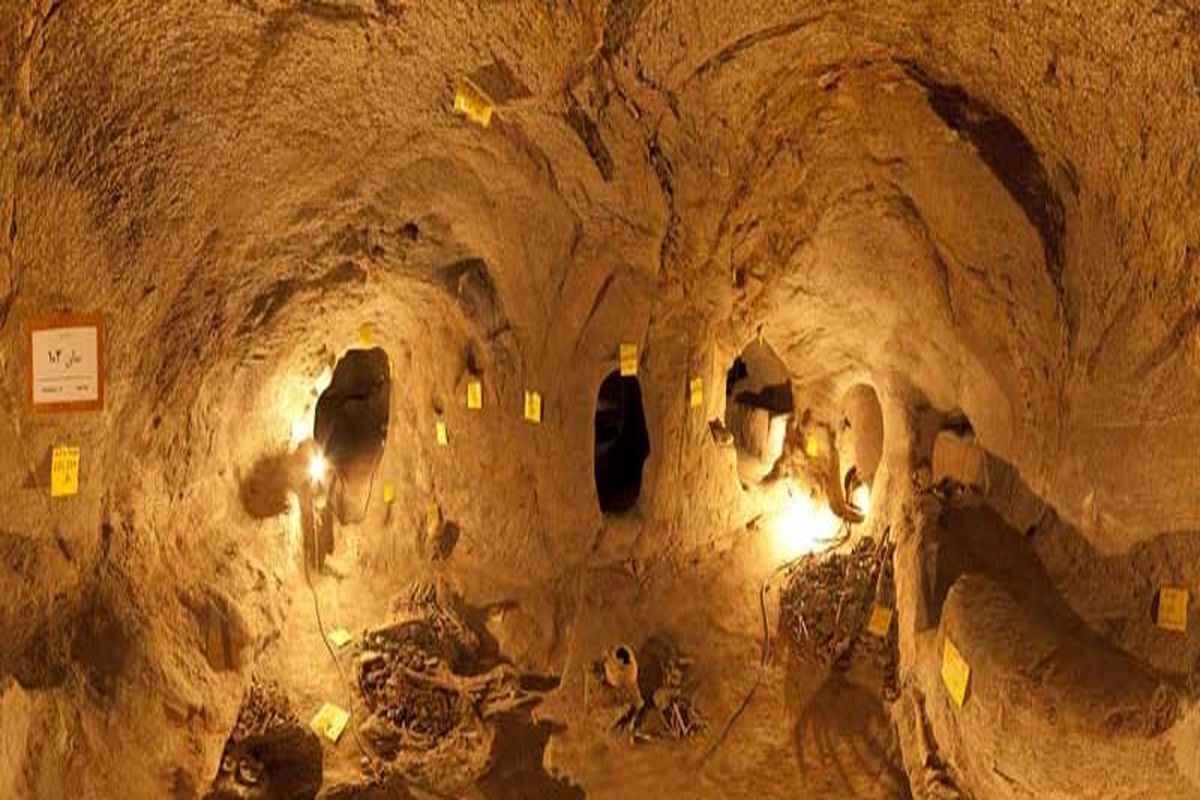Troglodyte underground ‘city’ to reopen to sightseers after restoration ends

TEHRAN—The ancient underground ‘city’ of Samen, which is now under restoration, will reopen to visitors before Nowruz, which marks Iranian New Year, Hamedan’s tourism chief said on Monday.
“We are doing our best to implement all the needed necessary protocols and safety procedures inside the Samen underground city to make it ready to host visitors during the Nowruz holidays (officially starting on March 20, 2024),” Mohsen Masum-Alizadeh said.
Recently, the site was inspected by a panel of experts from the Ministry of Cultural Heritage, Tourism and Handicrafts. And as soon as the Ministry declares its approval of safety procedures, they will be implemented, the official said.
Situated in Malayer county of Hamedan province, the underground city is believed to date from the Parthian period (247 BC—224 CE) based on archaeological evidence.
The property has 25 rooms carved into the rock, interconnected tunnels, and corridors. The underground complex seems to have been used first for religious purposes, then as a cemetery, and finally as an emergency shelter.
Iran is a haven for cave architecture that is somewhat forgotten, although it is full of life and creativity. The village of Kandovan in the northwest is one of the most famous examples of troglodyte architecture in the country. Its ice cream cone-shaped houses resemble those of Turkiye's Cappadocia.
Hamedan, called Ecbatana in ancient times, was one of the largest cities of antiquity. Pitifully little remains of antiquity, but significant parts of the city center have been left to be excavated. Ecbatana was the capital of Media and later a summer residence of the Achaemenian kings who ruled Persia from 553 to 330 BC.
Hamadan has had many names: it was possibly the Bit Daiukki of the Assyrians, Hangmatana, or Agbatana, to the Medes, and Ecbatana to the Greeks. One of the Median capitals, under Cyrus II (the Great; died 529 BC) and later Achaemenian rulers, it was the site of a royal summer palace. About 1220 Hamedan was destroyed by the Mongols. In 1386, it was sacked by Timur (Tamerlane), a Turkic conqueror, and the inhabitants were massacred. It was partly restored in the 17th century and subsequently changed hands often between Iranian ruling houses and the Ottomans.
AFM
